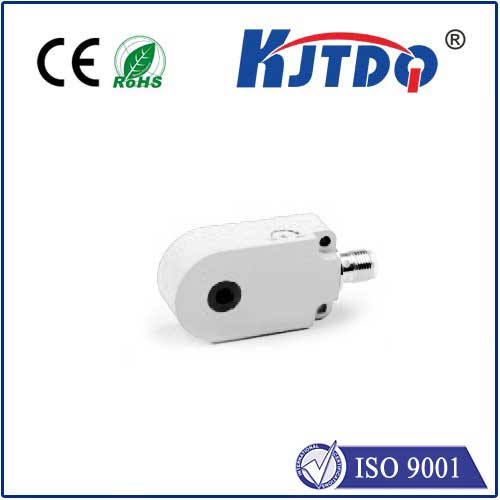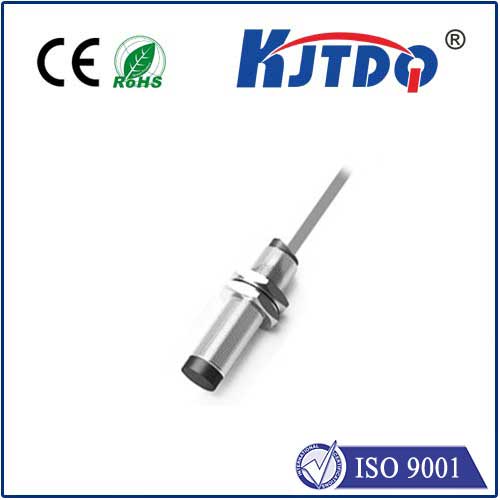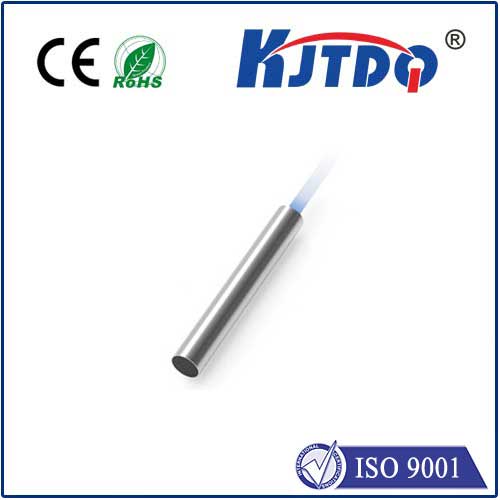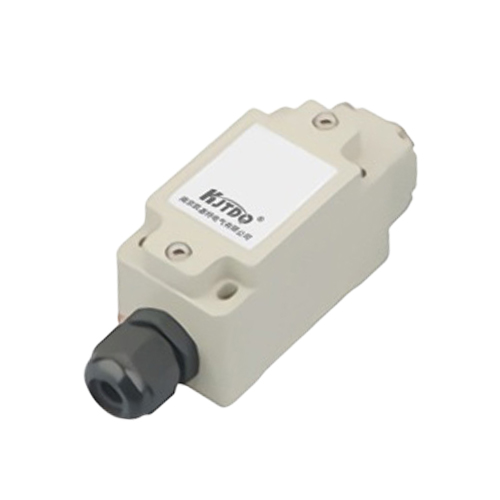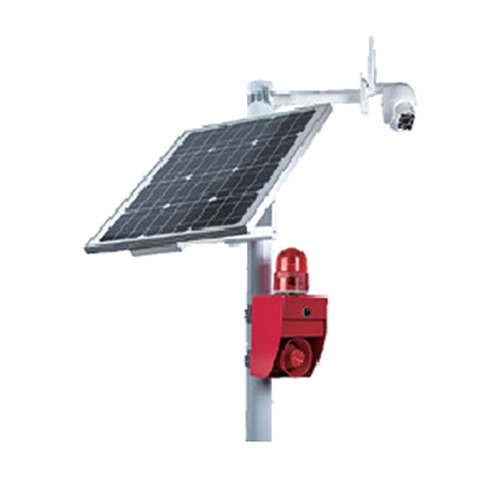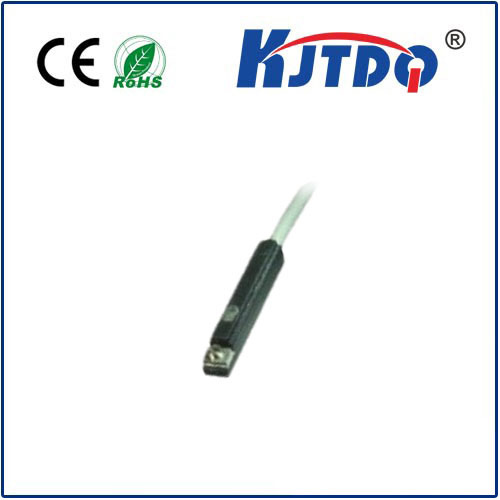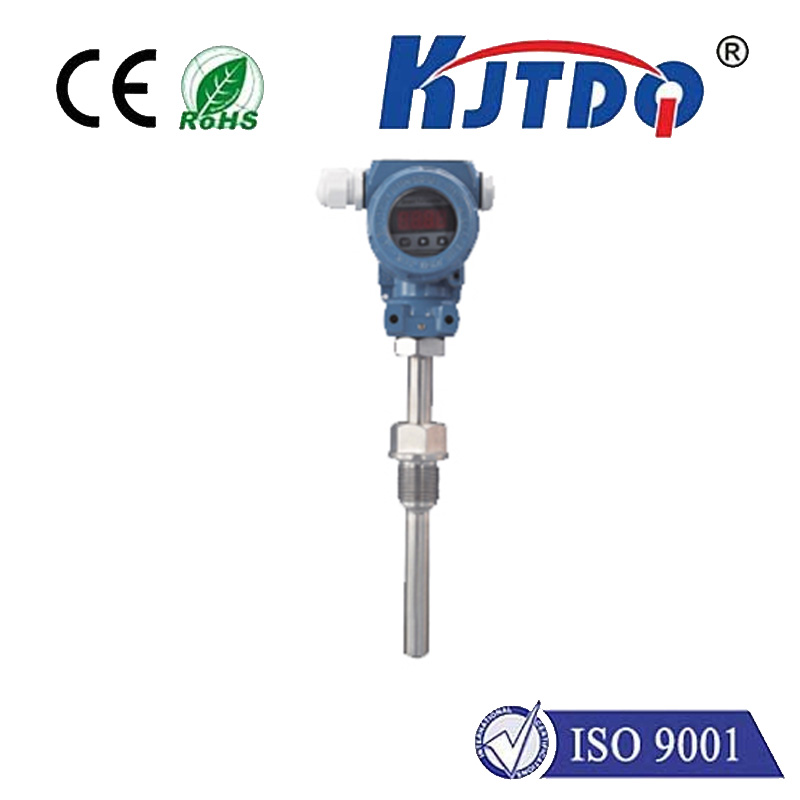hall sensor 49e
- time:2025-08-22 02:21:01
- Click:0
Hall Sensor 49E: Your Essential Guide to This Versatile Magnetic Field Detector
Magnets – they power speakers, hold notes on your fridge, and even propel some of the world’s fastest trains. But how do our gadgets and machines know when a magnet is present or moving? That’s where sensors like the Hall Sensor 49E come in, quietly working behind the scenes. If you’ve ever wondered how your bike computer tracks speed or your laptop lid knows when it’s closed, the answer often involves a Hall-effect sensor. The 49E, a specific and widely used model, is a fundamental building block in countless electronic designs. This guide dives deep into what makes this component tick, its capabilities, and where you’ll find it at work.
Understanding the Hall Effect: The Core Principle
Before dissecting the 49E, let’s grasp the underlying science. Discovered by Edwin Hall in 1879, the Hall Effect describes the phenomenon where a voltage difference (the Hall voltage) is generated across an electrical conductor when it’s subjected to a perpendicular magnetic field. This voltage is proportional to both the strength of the magnetic field and the current flowing through the conductor. Hall-effect sensors, like the 49E, leverage this principle. They are solid-state devices that convert magnetic field information directly into an electrical signal.

Meet the Hall Sensor 49E: Key Features & Identity
The Hall Sensor 49E (commonly found as SS49E or similar prefixes denoting the manufacturer) is a specific implementation of a Hall-effect sensor. Here’s what defines it:
- Linear Output: Crucially, the 49E is a linear Hall-effect sensor. This means its output voltage changes continuously and proportionally to the strength and polarity (North or South) of the magnetic field applied perpendicularly to its face. Think of it like a dimmer switch for voltage based on magnetic flux density.
- Ratiometric Output: This is a significant feature. The output voltage of the SS49E is ratiometric to its supply voltage. Simply put, if you double the supply voltage (within its operating range), the output voltage for a given magnetic field strength also doubles proportionally. This makes signal conditioning and interfacing with analog-to-digital converters (ADCs) much simpler and more stable.
- Operating Voltage: It typically operates from a 4.5V to 6V DC supply, making it compatible with standard 5V microcontroller systems (Arduino, Raspberry Pi, PIC, AVR, etc.) and many other logic families.
- Quiescent Output Voltage: With no magnetic field present (or a zero Gauss field), the output voltage is ideally half of the supply voltage (
Vcc/2). For a 5V supply, this would be approximately 2.5V. A South pole magnetic field drives the output below this midpoint, while a North pole drives it above.
- Sensitivity: The SS49E Hall Sensor has a defined sensitivity, usually around 1.4 mV/G (millivolts per Gauss) or similar, specified in its datasheet. This defines how much the output voltage changes per unit change in magnetic field strength.
- Temperature Stability: Good quality 49E sensors incorporate temperature compensation circuitry to minimize drift in the output voltage as ambient temperature changes.
- Package: It’s commonly available in a small, 3-pin SIP (Single In-line Package) or flat TO-92 style package, making it easy to breadboard, solder onto PCBs, or integrate into compact designs.
How Does the Hall Sensor 49E Actually Work? (Simplified View)
- Bias Current: When powered (Vcc and Ground connected), a constant bias current flows through the Hall element inside the chip.
- Magnetic Field Interaction: A magnetic field (
B), applied perpendicular to the sensitive area of the chip, deflects the path of the flowing charge carriers due to the Lorentz force.
- Hall Voltage Generation: This deflection creates an imbalance of charge carriers on opposite sides of the Hall element, resulting in a measurable voltage difference – the Hall voltage (
VH) – across the output pins.
- Signal Amplification & Conditioning: The tiny raw Hall voltage is amplified and conditioned internally. Temperature compensation circuits work to maintain output stability.
- Output: The final ratiometric, analog voltage appears on the output pin. Its value relative to
Vcc/2 indicates both the presence and strength of the magnetic field, and its direction (above or below midpoint indicates North or South pole).
Key Advantages & Considerations of the 49E
- Advantages:
- Contactless Sensing: Detects magnetic fields without physical contact, leading to wear-free operation and high reliability in harsh environments (dust, moisture).
- Simple Interface: Provides a straightforward analog voltage output (
linear ratiometric), easy to read with a multimeter or microcontroller ADC.
- Cost-Effective: A highly affordable sensor solution for many applications.
- Solid-State Reliability: No moving parts enhances durability and longevity.
- Wide Availability: The Hall Sensor 49E is readily stocked by numerous electronics distributors globally.
- Low Power Consumption: Suitable for battery-operated devices.
- Considerations:
- Requires a Magnet: Needs a magnetic field source (permanent magnet or electromagnet).
- Analog Output: Requires an ADC for digital systems, adding a component compared to digital switches.
- Limited Range & Sensitivity: Sensitivity is fixed; for very weak or very strong fields, other sensors might be more appropriate.
- External Fields: Can be susceptible to interference from stray magnetic fields if not shielded properly.
Where You’ll Find the Hall Sensor 49E in Action
The 49E’s linear, contactless sensing capability makes it invaluable across numerous fields:
- Position & Displacement Sensing: Measuring the position of a moving element with an attached magnet (e.g., throttle position in vehicles, suspension travel, valve position).
- Current Sensing (Indirectly): Measuring the magnetic field generated by a current-carrying conductor (often requiring careful design and amplification).
- Proximity Detection: Detecting the presence or absence of a ferrous






